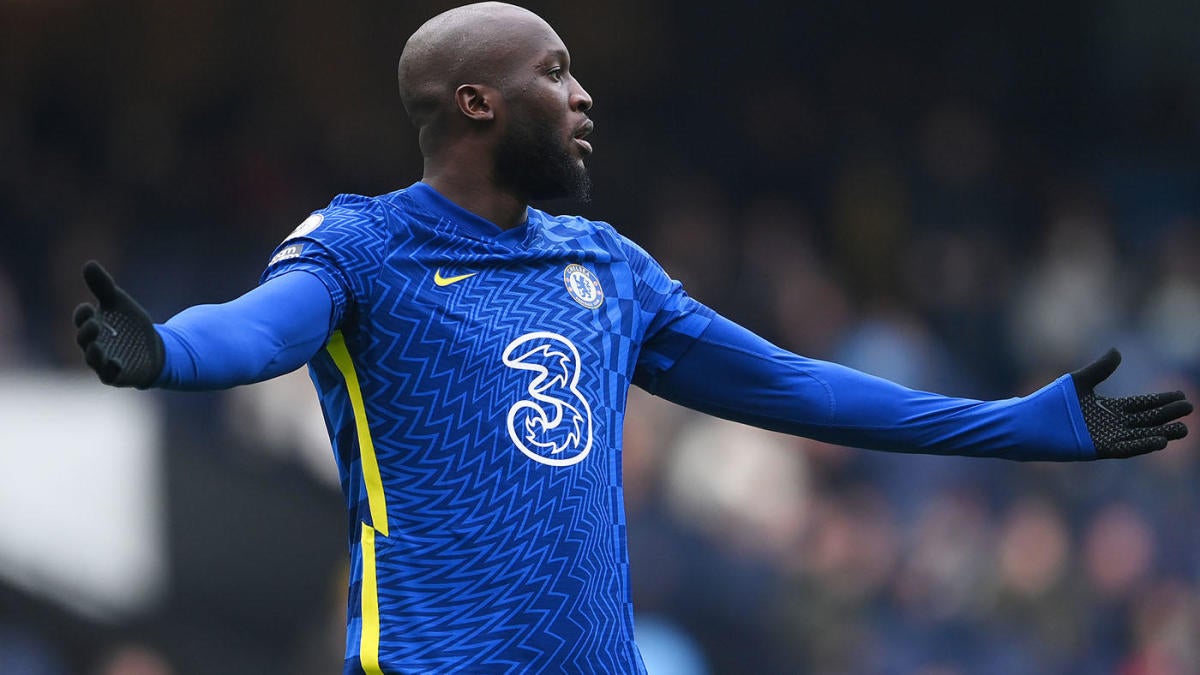How the pandemic turned these teachers into social media stars
Written by ABC Audio ALL RIGHTS RESERVED on February 21, 2022
Parth Momaya (27) from Mumbai’s Ghatkopar had little clue how his life was going to change when he started sharing his recorded lectures on social media after losing his job from a reputed coaching institute in May 2020 due to the pandemic-induced financial stress. Two years later, with 2.78 lakh subscribers to his Youtube channel, Momaya is now a brand that many big players have tried to acquire.
“The offers are lucrative but I prefer the independence. I have worked really hard on this content,” said Momaya, who creates video lessons on science for students preparing for the Class X Maharashtra Board examination from his bedroom. His use of animation to explain concepts is a big draw.
The Covid-19 pandemic has disrupted education globally. In India, the prolonged education shutdown took a heavy toll on employment in this sector with teachers suffering job losses and salary cuts and temporary teachers failing to secure permanent positions that guarantee benefits and better pay. While there is no official data on the jobs lost in the sector, an estimate by the Maharashtra Coaching Class Owners Association (MCOA) claims that around 20,000 coaching institutes in the state had to shut shop during the pandemic.
Faced with uncertainty, a section of teachers turned to Youtube to continue teaching, and many, like Momaya, have turned into their own social media stars. Along the way, they have become more technology savvy and learned how to embellish their video lectures with catchphrases, background score and animation to keep students tuned in and, in turn, gain more followers. The latter helps them make extra money as content creators and influencers.
Wasim Khan (32), who is M.Sc. B.Ed. qualified, comes from a family of school teachers. He claims he wasn’t able to arrange money to make a “donation” for a permanent job in a government school. So he joined a private school as a temporary teacher, hoping to get absorbed as a permanent employee, eventually. But when the pandemic hit, his hopes were dashed and Khan decided to move on. His first video lesson in Urdu on Youtube had 300 views. Encouraged by the response, he started creating more content and has never looked back. He is possibly the only Youtube educator offering lessons in Urdu covering the Maharashtra State Board Class X curriculum.
Khan’s subscriber base — about 60,000 — is impressive given that he caters only to students interested in learning in Urdu. With time, he has even roped in more Urdu medium teachers as guest speakers on his channel. “I pay them per lecture basis and some of them join voluntarily as they want to experience this novel platform,” said Khan, whose videos are popular for his novel way of using Bollywood movie references, among other things, to explain science concepts. He said that students from outside Maharashtra have also approached him for personal lectures online after getting introduced to his YouTube channel.
The transition from face-to-face teaching to online lectures wasn’t easy. Khan didn’t know much about shooting videos when he started. His journey, like others, started from his bedroom where he used to stand in front of a whiteboard and teach while looking straight into his phone camera. He improved his skills by watching tutorials online. He now uses a green background (chroma screen) to add visual effects to his videos and has recently bought a noise-cancelling microphone.
“If I stop adapting and learning new techniques, the content will become boring for students,” said Momaya. “Our best feedback is our students. Their comments make the content more interesting.”
Teacher influencers earn money through YouTube advertisements, subscription-based content, sponsored videos, branding opportunities and by selling question-banks and lecture notes. That apart, they can also earn through “super thanks” and “super chats”, a Youtube feature that allows viewers to support their favourite content creators with small payments. To become an influencer, you don’t need a formal teaching degree. Well aware that their content has seasonal demand (exam season), many of these teachers are building a larger following by creating content for other school boards.
“Just YouTube views alone, I am earning around Rs.15,000 to Rs 20,000 a month. That apart, there are offers to make sponsored videos. For instance, a textbook publisher might ask me to review a book on my channel because a significant number of my viewers or subscribers are their target audience, says Shubham Jha (23), who creates video lessons for Class 10 students of Maharashtra State Board from his small studio set-up in Delhi. His channel has almost 40,000 subscribers.
Before Jha set up his channel on YouTube in 2020 he was teaching at a local coaching institute In Mumbai’s Palghar area to earn “pocket money” as a college student himself. As the pandemic turned learning virtual, his students at the coaching institute started dropping out and Jha decided to look for other opportunities. That’s when he came across a few teachers on YouTube. He studied their videos and then reached out to one popular YouTuber, Dinesh Kumar Gupta, for guidance on how to start his own channel. Gupta, a former school teacher, is among the few teachers who took to social media much before the pandemic hit, in 2017.
Edtech platforms too have started approaching them to take some lectures as visiting faculty. Payment for such lectures, according to Momaya, depends on the teacher’s popularity. “The more followers you have the higher are your chances of revenue. This is completely different from the conventional teaching process in schools or colleges where getting a permanent teaching job is like a dream,” said Momaya, who now earns more than what he used while teaching at the coaching institute.
But there are limitations. “A teacher’s income on this platform cannot be at par with an entertainer. Our content is seasonal and usually in demand around exam season. But after that the graph is likely to fall. Similarly, we lose out followers after they pass that class and no longer need this content,” said Momaya.
But one of the most challenging factors for these teachers is in knowing how much their students have understood. “Evaluation is a very important aspect of teaching. But as a YouTube teacher that is not possible. Even doubt-solving sessions through live videos are difficult with thousands of students watching at a time,” shared Jha.
Their success, however, is inspiring more to jump on the bandwagon. Drushti Gada (22), who has been teaching in coaching classes, has just begun her journey as YouTube teacher from September 2021 after she came across a few YouTube channels. “I am just learning the new platform and it is really exciting. I will get to do what I like the most – teaching, and without much hassle.”






